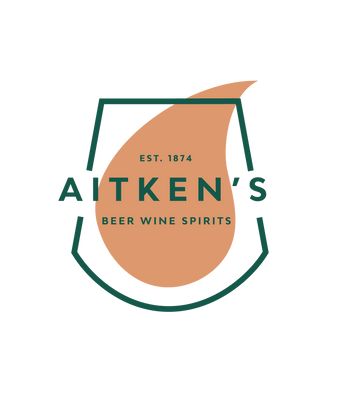Images are for illustrative purposes only and, unless clearly stated in the product title or description, labels and vintages may differ from those shown.
| Grape | Torrontes |
| Style | Dry, White, Light Bodied, Floral, Tropical Fruit, Spice, Fresh |
| Country | Argentina |
| Region | Valle Calchaqui, Salta |
| Volume | 75cl |
| ABV | 13.5% |
| Dietary | Vegetarian, Vegan |
Experience the elegant flavours of Bodega Colomé `Estate Series`, Salta Torrontés, a classic Argentine white wine with gold and green tones. Its aromatic nose has floral notes and hints of citrus and tropical fruits with a well-structured palate and crisp finish. Perfect with Asian, Thai or Indian cuisine, this luxurious white wine will delight your tastebuds with its subtle hints of citrus and spice, making it the ideal accompaniment to any special occasion.
About the Producer
Bodega Colomé was established in 1831 and is the oldest working winery in Argentina with one of the world’s highest vineyards. The winery is in the far north of Argentina in the Upper Calchaquí Valley and is thought to have been founded by the Spanish Governor of Salta, Nicolás Severo de Isasmendi y Echalar. In 1854 his daughter, Ascensión, brought the first pre-phylloxera Malbec and Cabernet Sauvignon vines to Bodega Colomé. Three vineyards (with an area of four hectares each) were planted in the same year, the fruit from which is still used to make wines. Today, the winery has 140 hectares of biodynamically run vineyard planted at altitudes of between 1,750 and 3,111 metres above sea level.
Vineyard and Winery
The high altitude of the Calchaquí Valley and high diurnal range ensures a long growing season. The diurnal range, as much as 25° C, helps retain natural acidity in the grapes. The climate is dry with very little rainfall, on average around 120 millimetres per year. Soils are sandy with layers of gravel which helps drainage. The vineyards are farmed according to biodynamic principles. The Torrontés vines are grown between 1,700 and 2,300 metres above sea level.
The grapes went through a double selection process, first in the vineyard and then again on the sorting table at the winery. Fermentation was slow, using selected yeasts at low temperatures to retain the varietal fruit character. The wine was aged in stainless steel tanks for three months before bottling in June. It then spent a further two months ageing in bottle before release.
Reviews
Net Orders Checkout
| Item | Price | Qty | Total | |
|---|---|---|---|---|
| Subtotal |
£0.00 |
|||
| Shipping | ||||
| Total | ||||

